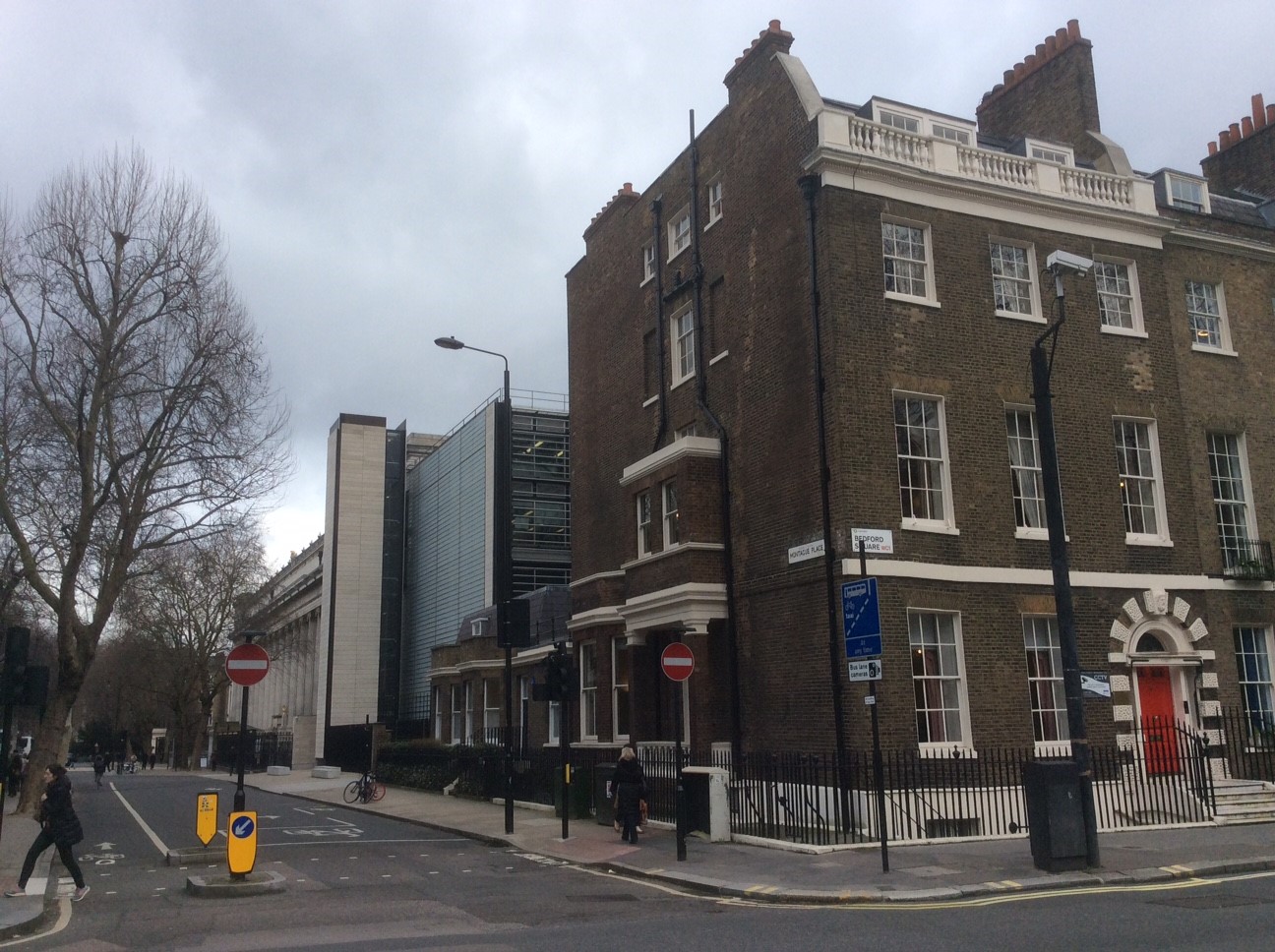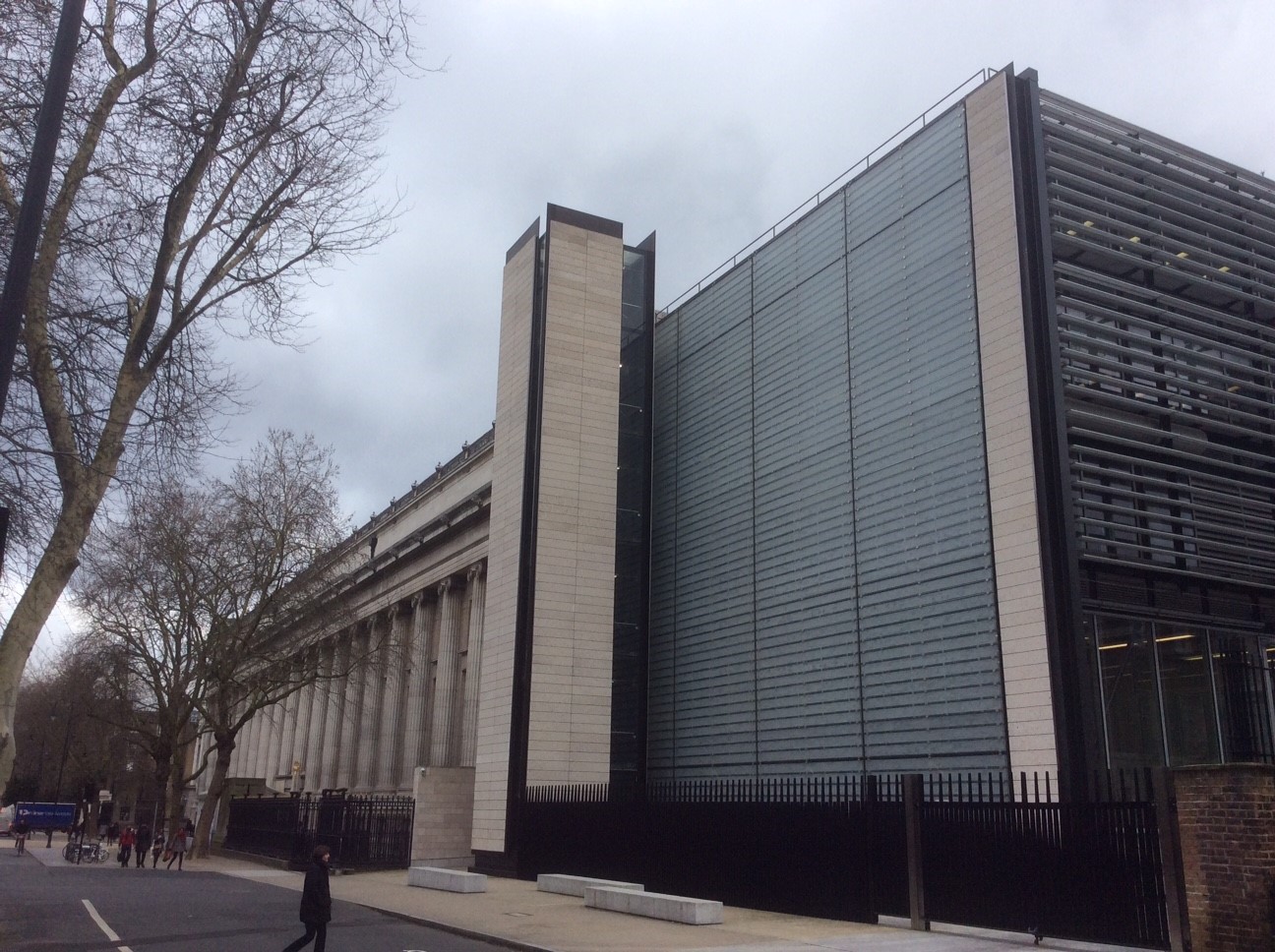A response from Councillor Iain Sharpe following this weeks decision on the plans for 4-6 Lower Paddock Road…
Response to a local resident regarding 4–6 Lower Paddock Road and the Oxhey conservation area
“At the outset I should mention that I argued for and formally proposed the adoption of the conservation area in 2012, and spoke and voted against both the applications for Lower Paddock Road at the development management committee.
And even after 25 years or so of involvement with the planning system as a councillor, I still find policy around conservation less than straightforward, probably because so much is subjective and open to changes in policy.
But in my experience conservation areas are primarily about protecting the existing historic fabric rather than preventing all development within it. Indeed conservation areas are still subject to the national presumption in favour of sustainable development (which in practice means development within built-up areas). There is also an element of protecting historic street scenes, views and characteristics of an area.
Where new development does happen it is a moot point how far it should replicate existing styles or be clearly different to avoid having new buildings that are faux heritage and an inferior copy of the real thing.
If I may, I will illustrate with an example from outside Watford. I work next to the British Museum, which is part of the Bloomsbury conservation area, a Grade I listed building and a major national landmark. As the attached pictures show, in the very recent past a new and ultra-modern extension to the museum has been built, sandwiched between its Montagu Place frontage and the Georgian houses of Bedford Square.
I didn’t follow the planning process on this case, but it’s a fair assumption that Camden planners concluded that a mock classical or mock Georgian scheme would have been essentially false and pretending to be something it wasn’t. They would probably justify granting permission to the extension on the following grounds: that it broadly matches the scale and height of neighbouring buildings; that it makes no attempt to compete with the museum frontage; that the separation between the two is clear; and that it uses light-coloured materials. They would probably say the design has merit in its own right. Nonetheless, it has a significant visual impact and makes no attempt to replicate its surroundings. Views will differ on whether it is bold and exciting new design or a ‘carbuncle’.
Paradoxically, a much smaller-scale development such as inserting modern plastic windows into the Georgian houses or altering the doorway of the museum would probably be rejected as adversely altering the character of what are inelegantly referred to as ‘heritage assets’.
A similar approach will apply in Oxhey. A modern design on a fresh site (especially if not facing the main highway) might be deemed all right, while smaller changes to windows or doorways in the Victorian street frontage would be turned down.
I suspect that if either of the schemes proposed for 4-6 Lower Paddock Road had been put forward for (say) Paddock Cottage they would have been rejected by officers as over-dominant to the public realm and not justifying the loss of a heritage asset. Indeed, even a more traditional design was turned down on the site for these reasons. This was a good example of how the conservation area can protect local character. It would have been harder to reject such a scheme either outside a conservation area or tucked away on a less prominent site within one. Likewise, conservation area status enabled us to protect the Victoria pub from demolition. But, wherever they are, conservation areas are never immune from all development.
That said, I voted against both schemes for 4-6 Lower Paddock Road. While some thought had gone into the design of the first one, I thought the solution was unsympathetic to local character, while the second was uninspiring and mediocre. Although I believed it worth the risk of refusing permission on Wednesday night, there was a genuine danger that in doing so we could have ended up with the first scheme on appeal. It is a harsh reality that when councillors turn down schemes against officers’ recommendation, when they go to appeal we lose more often than we win. This will have weighed on all councillors’ minds, even if we reached different conclusions.
Right now, the emphasis nationally is on delivering more homes in response to the housing crisis. At last year’s general election, all the parties were outbidding one another as to who would build the most. Recently the government has reiterated its commitment to this by incorporating housing in the title of the local government department, and by the secretary of state sounding off about developers not building quickly enough and people objecting to new development – see www.politicshome.com/news/uk/communities/housing/news/92482/sajid-javid-vows-muscular-action-land-banking-developers.
They are threatening to take away planning powers from councils that refuse permission too often, removing what local discretion we have. In such circumstances, we could be at risk of having even schemes like the original four-house proposal approved, given the emphasis on housing delivery to the exclusion of almost anything else.
Government policy is also to concentrate housing development in existing built-up areas, which adds to the pressure we face locally. Today Dorothy is quoted in the Watford Observer as calling for ‘garden villages’ in Hertfordshire to give Watford some relief from ever more intensive development. But I’ve no doubt she will be assailed in some quarters for wanting to sacrifice the countryside to protect her own patch.
So that is the context we are operating in and although I am no fan of the current government, they set the rules we have to abide by. We do our best within those rules to protect Oxhey and other conservation areas, but all too often it’s a case of deciding which is the lesser of two evils.
I am more than happy to discuss any of these issues with any Oxhey resident who would like to get in touch.”
Councillor Sharpe be contacted at iain.sharpe1@ntlworld.com


You must be logged in to post a comment.